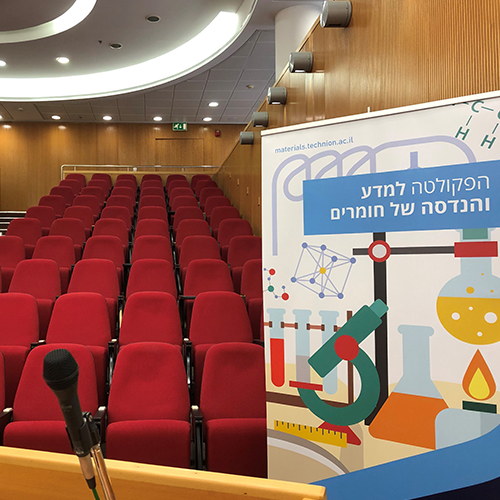
Ms. Jinwei Chen - M.Sc. Candidate
22/12/2024
אודיטוריום ע"ש דויד וואנג, בניין מידן, קומה 3
14:30
Fireworms (Amphinomidae family) are infamous for their toxic sting, attributed to their dorsal harpoon-like bristles. The presence of a naturally occurring central cavity, which could enable these harpoons to function as hollow needles for venom injection, has remained uncertain. While these harpoons have been recognized as composites of β-chitin and calcified materials, their precise chemical composition and internal structures have been poorly described.
Here, we reveal that an isolated harpoon is composed of an amorphous calcium phosphate (ACP) external sleeve with one-sided serrations, a composite outer layer of β-chitin and calcium carbonate, and a crystalline blend (calcite, hydroxyapatite, and intertwined β-chitin) within a central cavity. Interestingly, the crystallinity of calcite embedded in the outer layers varies along the harpoon, from the distal to the proximal ends.
Our study of two fireworm species, both from the Amphinomidae family, shows that they share key features, including the outermost sleeve, distal outer layer, and central cavity, while notable differences exist in the proximal outer layers. The discovery of a central cavity containing crystalline blends challenges the widely accepted "hollow needle" hypothesis.
This structural and chemical investigation provides valuable insights for biologists seeking to unravel the toxic mechanism of fireworm harpoons. Moreover, their intricate hierarchical architectures and finely tuned chemical compositions may serve as inspiration for the development of bioinspired materials with exceptional properties.


